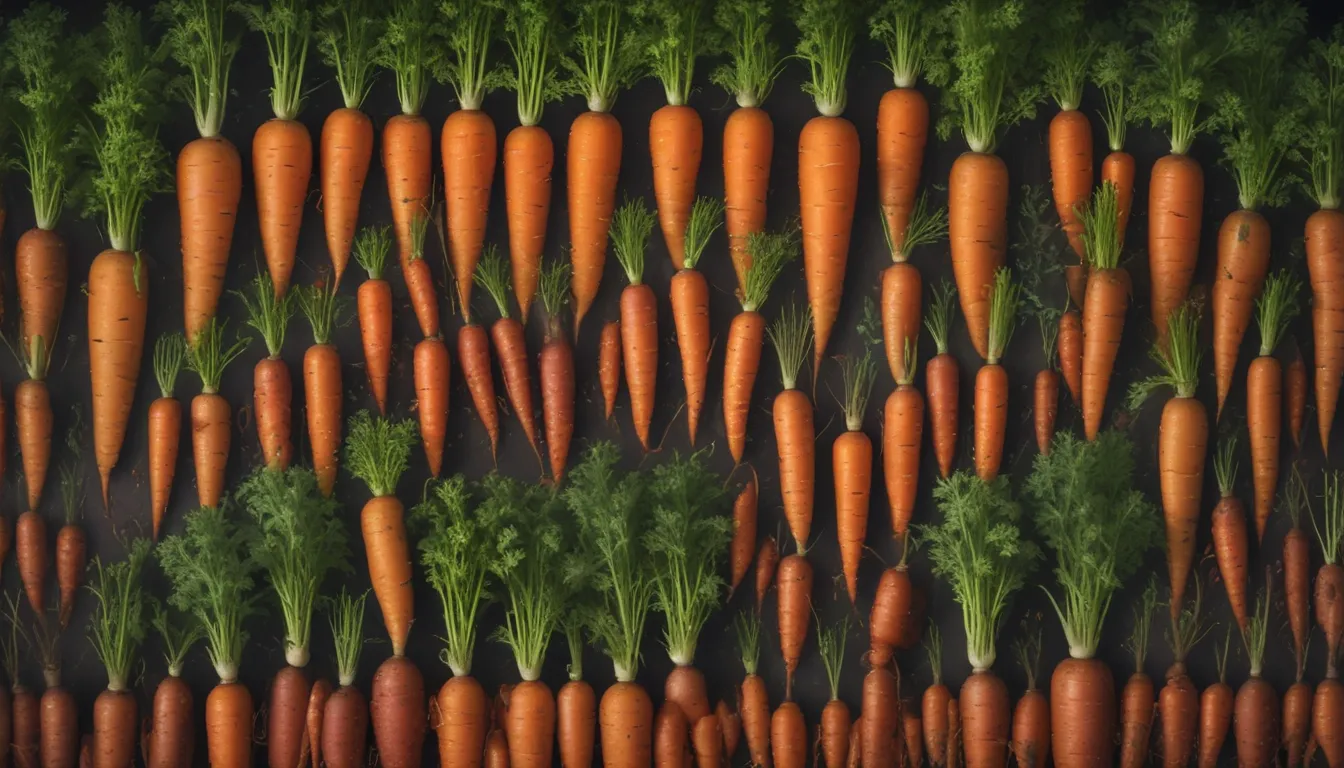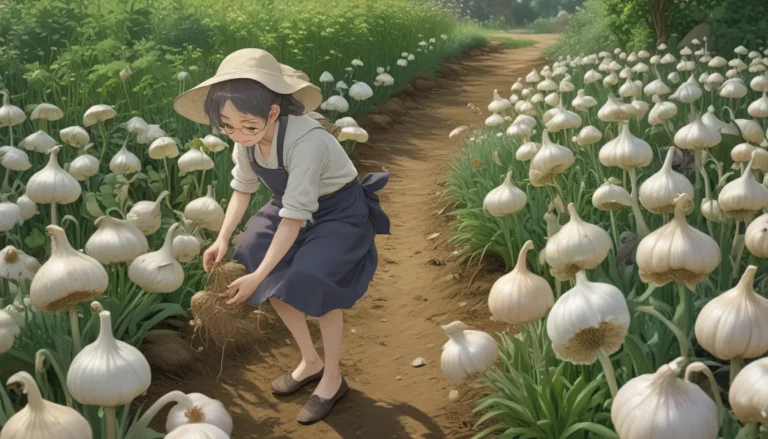Growing Vibrant and Flavorful Chantenay Carrots: A Comprehensive Guide

Have you ever experienced the joy of unexpected garden surprises? For me, it was a delightful encounter with ‘Chantenay’ carrots that transformed my perspective on gardening. These crisp, sweet, and red-cored root vegetables not only added a burst of color to my garden but also brought unexpected joys of friendship and flavorful harvests.
So, if you’re looking to cultivate your own ‘Chantenay’ carrots, this in-depth guide is the perfect resource for you. Let’s dive into everything you need to know about growing these unique carrots red to the core.
The Allure of Chantenay Carrots
Before you embark on your ‘Chantenay’ growing journey, let’s delve into what makes these carrots so special. Belonging to the Daucus carota subsp. sativa species, ‘Chantenay’ carrots are conical, medium to bright orange roots with smooth, firm skin and red cores. Originating from the Chantenay region of France in the late 1800s, these carrots offer a visual treat with their sunset-hued cores.
If you are intrigued by the history of these vegetables, you will be fascinated to learn that ‘Chantenay’ carrots, like other carrots, have a rich heritage dating back to civilizations in Eurasia. From medicinal uses to culinary delights, the journey of carrots spans over two to three thousand years, evolving into the vibrant varieties we enjoy today.
How to Cultivate Chantenay Carrots
Sowing
Now, let’s get our hands dirty and sow our ‘Chantenay’ carrot seeds. These short carrots, growing four and a half to six inches long, thrive in sandy or loamy soil with good drainage. When planting, ensure a soil depth of at least seven inches, plant seeds directly in the garden or containers, and provide full sun or partial shade.
Growing Tips
To nurture your ‘Chantenay’ carrots from sprouting to harvest, consider the following tips:
- Watering: Ensure adequate watering, especially during early summer, as these carrots are not drought-tolerant.
- Temperature: ‘Chantenay’ carrots flourish between 60 and 70°F, so time your planting accordingly.
- Thinning: Regular thinning is essential to prevent crooked roots and enhance growth.
- Mulching: Mulch to retain moisture and suppress weeds, protecting the delicate seedlings.
Where to Buy Seeds
You can easily source ‘Chantenay’ carrot seeds from various suppliers, offering packets in different sizes to accommodate your planting needs. Consider purchasing adequate seeds to compensate for low germination rates common in carrots due to environmental factors.
Managing Pests and Disease
As you tend to your ‘Chantenay’ crop, beware of common pests like carrot rust flies and diseases such as leaf blight. Implement integrated pest management strategies, including compost application and late summer planting, to prevent infestations and maintain a healthy harvest.
Harvesting and Storage
Once your ‘Chantenay’ carrots have matured, typically in 65 to 70 days, it’s time for the bountiful harvest. Look for orange shoulders emerging above the soil line as a sign of readiness, and carefully uproot the carrots post-rain or irrigating to ease extraction. For prolonged storage, trim tops, refrigerate unwashed carrots, and maintain optimal temperature and humidity levels for extended freshness.
Recipes and Cooking Ideas
Ready to savor the flavorful bounty of your ‘Chantenay’ carrots? From soups and salads to pickles and purees, the versatile uses of these vibrant roots are endless. Try showcasing their rich hues in creamy white bean and carrot soup for a sophisticated dining experience or roast them with Parmesan and dill for a delectable side dish.
For a delightful culinary journey with ‘Chantenay’ carrots, explore innovative recipes and cooking ideas that elevate their natural sweetness and visual appeal.
Wrapping It Up
Embark on your ‘Chantenay’ carrot growing adventure armed with the abundance of knowledge and tips shared in this comprehensive guide. From sowing seeds to bountiful harvests and delightful culinary creations, let the vibrant hues and sweet flavors of these unique carrots enrich your gardening experience.
So, are you ready to bring the crisp, sweet, and red-cored allure of ‘Chantenay’ carrots to your garden? Share your thoughts, experiences, and recipes for cultivating these delightful root vegetables in the comments below. Let’s cultivate abundance and flavor with ‘Chantenay’ carrots in our garden plots and kitchen tables!





